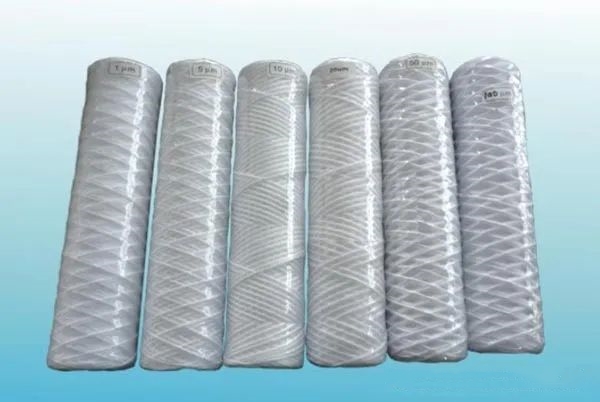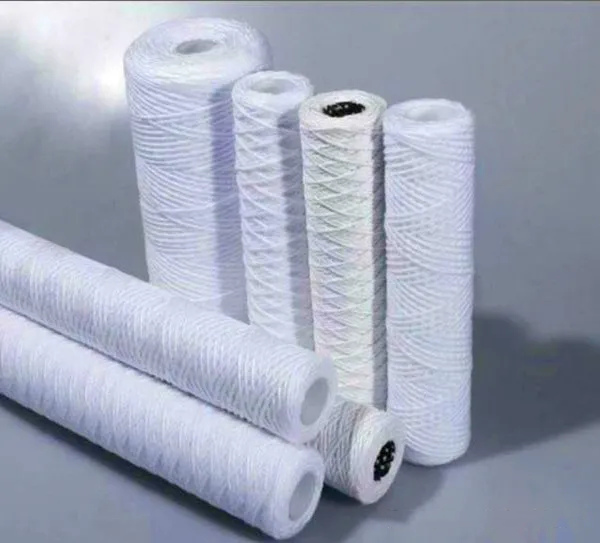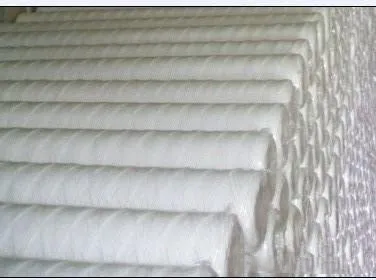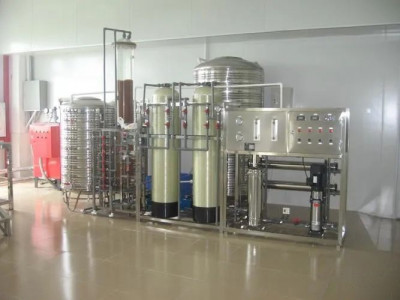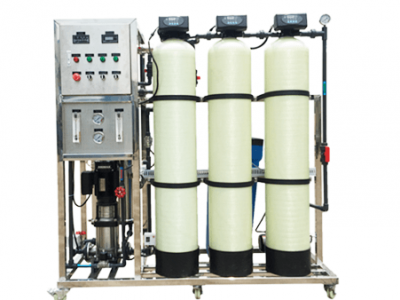Types of Filter Cartridges
When it comes to liquid filtration, there are many types of filter cartridges available. They can generally be categorized into two main types: surface filtration cartridges and depth filtration cartridges.
1. Surface Filtration Cartridges
Surface filtration cartridges capture contaminants on their outer surface. Once the filter surface becomes clogged with particles, it can no longer function effectively, which means these types of filters often have a shorter lifespan. While surface filters can sometimes be rinsed with water or compressed air for reuse, this method is not always effective. During backwashing, the cleaning fluid primarily passes through the path of least resistance, which can lead to blockages in other areas, making the filtration even less effective.
To clean these filters thoroughly, ultrasonic cleaning with pure water is the best method, although it can be costly. Alternatively, if the contaminants are acid-soluble, a mild acid can be used for cleaning. However, this method carries the risk of corroding and enlarging the filter pores, so the cleaned filter should be rinsed with pure water and tested for proper functionality before reuse. Common materials for surface filtration cartridges include sintered PVC filter rods, melt-blown polypropylene elements, and pure pulp filter paper.
2. Depth Filtration Cartridges
Depth filtration cartridges are designed to hold more contaminants and extend the time between cleanings, as the impurities are trapped within the filter matrix based on particle size. This type of filter typically lasts longer and maintains its filtration precision better than surface filters.
Wound filters, primarily made from all-polypropylene materials, are often referred to as “cotton cores.” Their advantages include achieving a high flow rate with low differential pressure, high filtration precision, and a long lifespan while effectively maintaining the filtration accuracy throughout the process.
